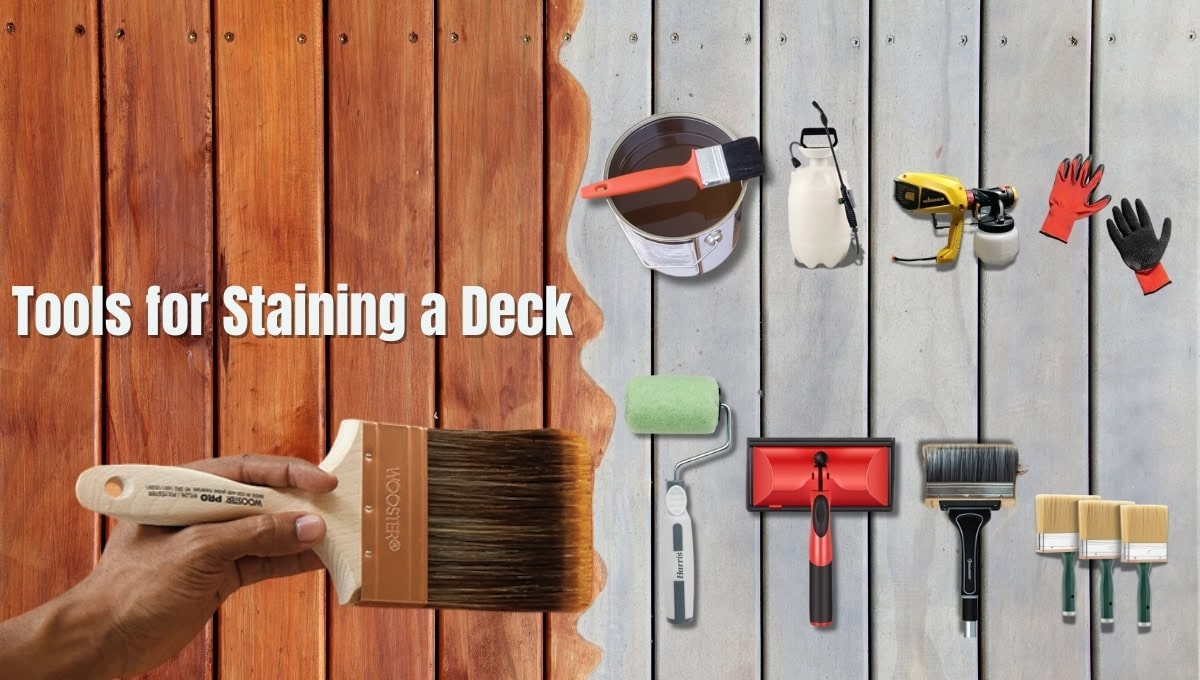Ever struggled with uneven deck stains, frustrating drips, or missing spots that seem to appear only after the job is done? You’re not alone. The secret to a flawless deck staining project often lies in using the right tools for staining a deck. Whether you’re tackling a DIY project or hiring professionals like McCoy’s Deck Staining and Pressure Washing, understanding the essential tools can make all the difference in achieving a professional-grade finish.
Best Tools to Achieve a Perfectly Stained Deck
The best tools save you time and effort and ensure that the stain is applied evenly and lasts longer. To help you get the job done right, we’ve compiled a list of the top tools for staining a deck and explained why they’re essential for a flawless finish.
1. Deck Stain Brushes
When it comes to achieving a flawless, professional-grade finish, deck stain brushes are a go-to tool. They provide excellent control, work stains deep into the wood grain, and are versatile enough for different types of stains and wood textures.
| Brush Type | Best For | Why They Work | Ideal Use | Example |
|---|---|---|---|---|
| Natural Bristle Brushes | Alkyd oil-based stains | Designed to absorb and release oil-based stains evenly, ensuring smooth application without streaks. | Dense hardwoods like teak or mahogany. | "Natural bristle brushes are perfect for creating a rich, luxurious finish on dense hardwood decks." |
| Synthetic Bristle Brushes | Acrylic-based stains | Resist water absorption, making them durable and effective for water-based stains. Maintain shape for smooth application. | Water-based stains and eco-friendly projects. | "Synthetic brushes are great for homeowners looking to use eco-friendly, water-based stains that offer long-lasting protection." |
| Foam Brushes | Touch-ups and corners | Provide precision and control for detailed application in small or tricky areas. | Tight spots and edges. | "Use foam brushes to reach those tricky spots that standard brushes might miss, like around balusters or railings." |
| Detailing Brushes | Intricate woodwork | Designed for fine detailing and hard-to-reach spaces, ensuring every inch is stained properly. | Ornate or detailed deck features. | "Detailing brushes are ideal for corners and intricate designs that need extra attention." |

